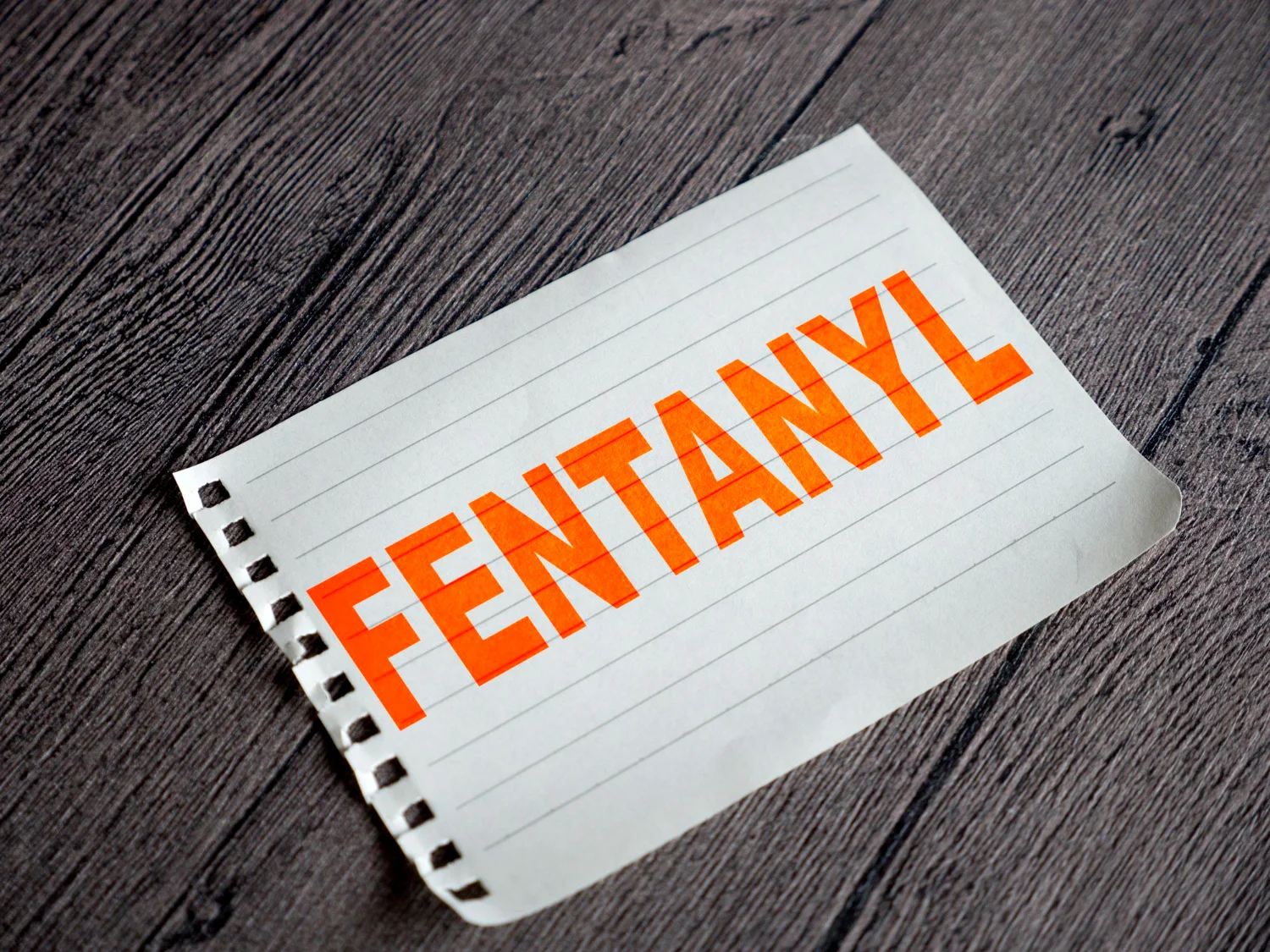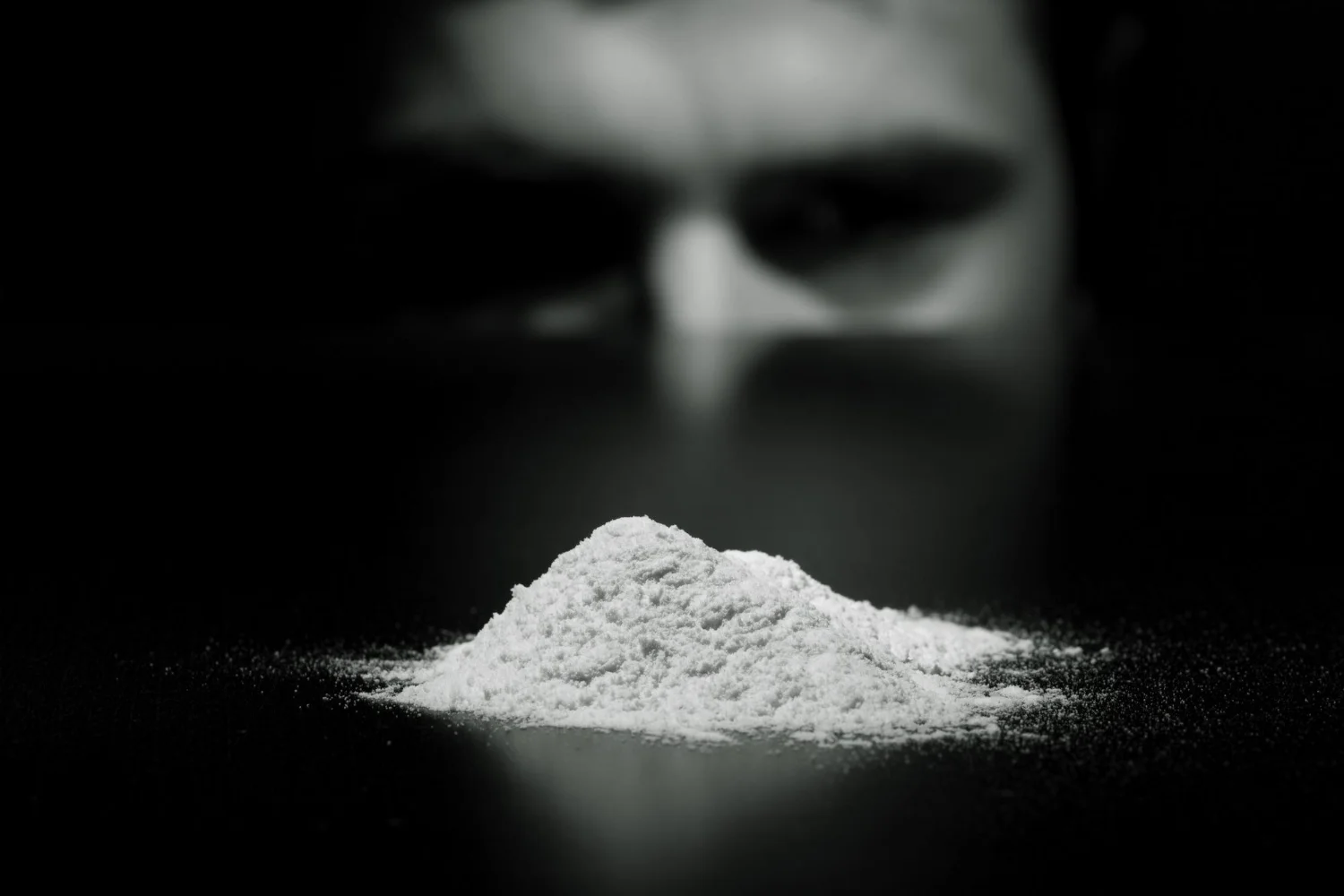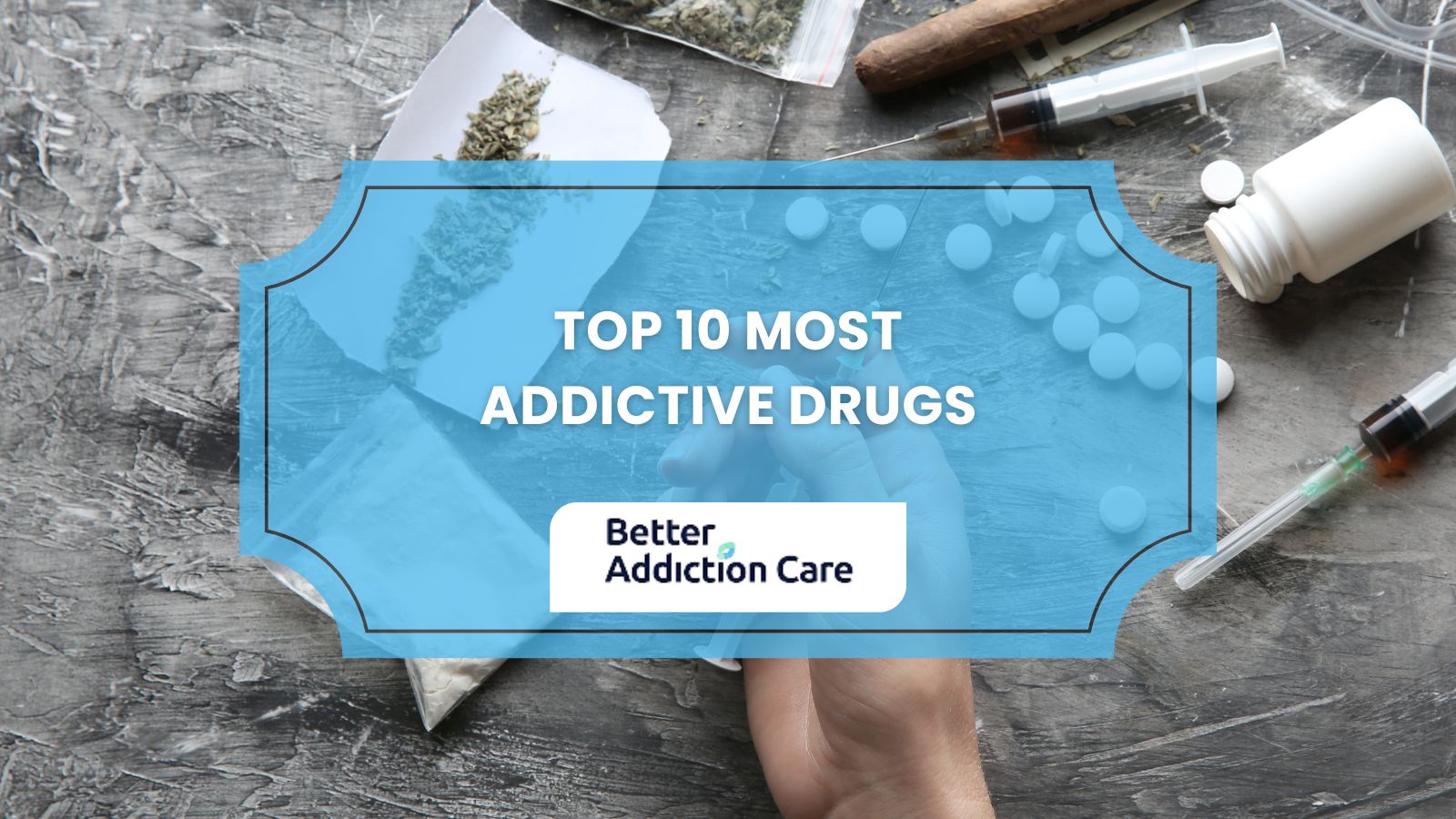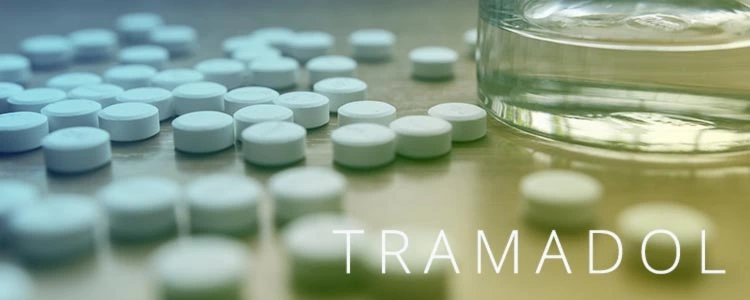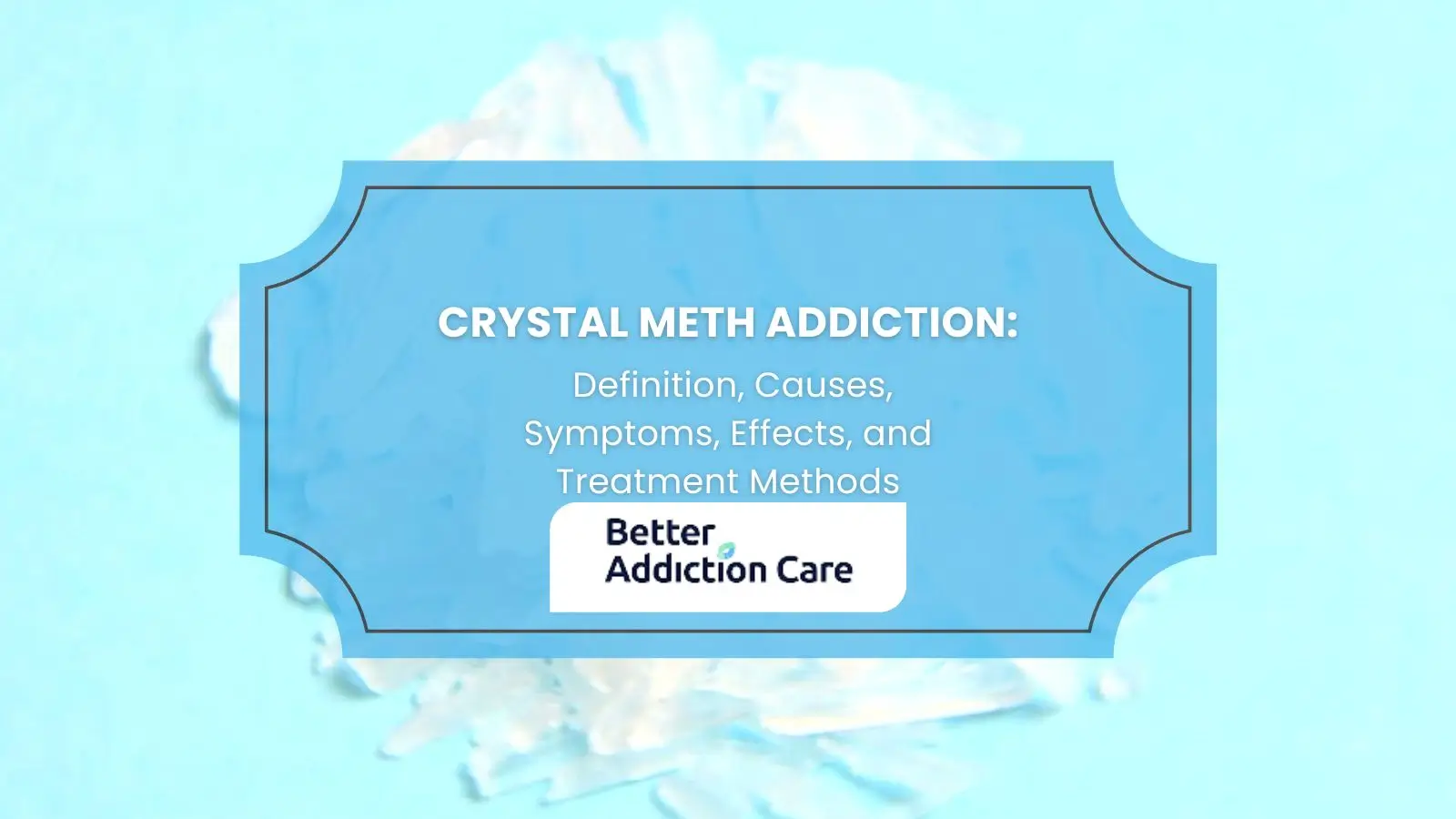Hydrocodone Pill Identifier: What Do Hydrocodone Pills Look Like
You spot a small white oval pill on the counter and wonder what it could be. At first, it looks like any other prescription tablet—but could it be hydrocodone?
The only way to know for sure is by checking its imprint code, along with its shape and color. Every hydrocodone pill in the U.S. is required by the FDA to have a unique imprint that confirms its ingredients and strength.
Knowing how to recognize these pills isn’t just useful—it’s a safeguard against mistakes and misuse.
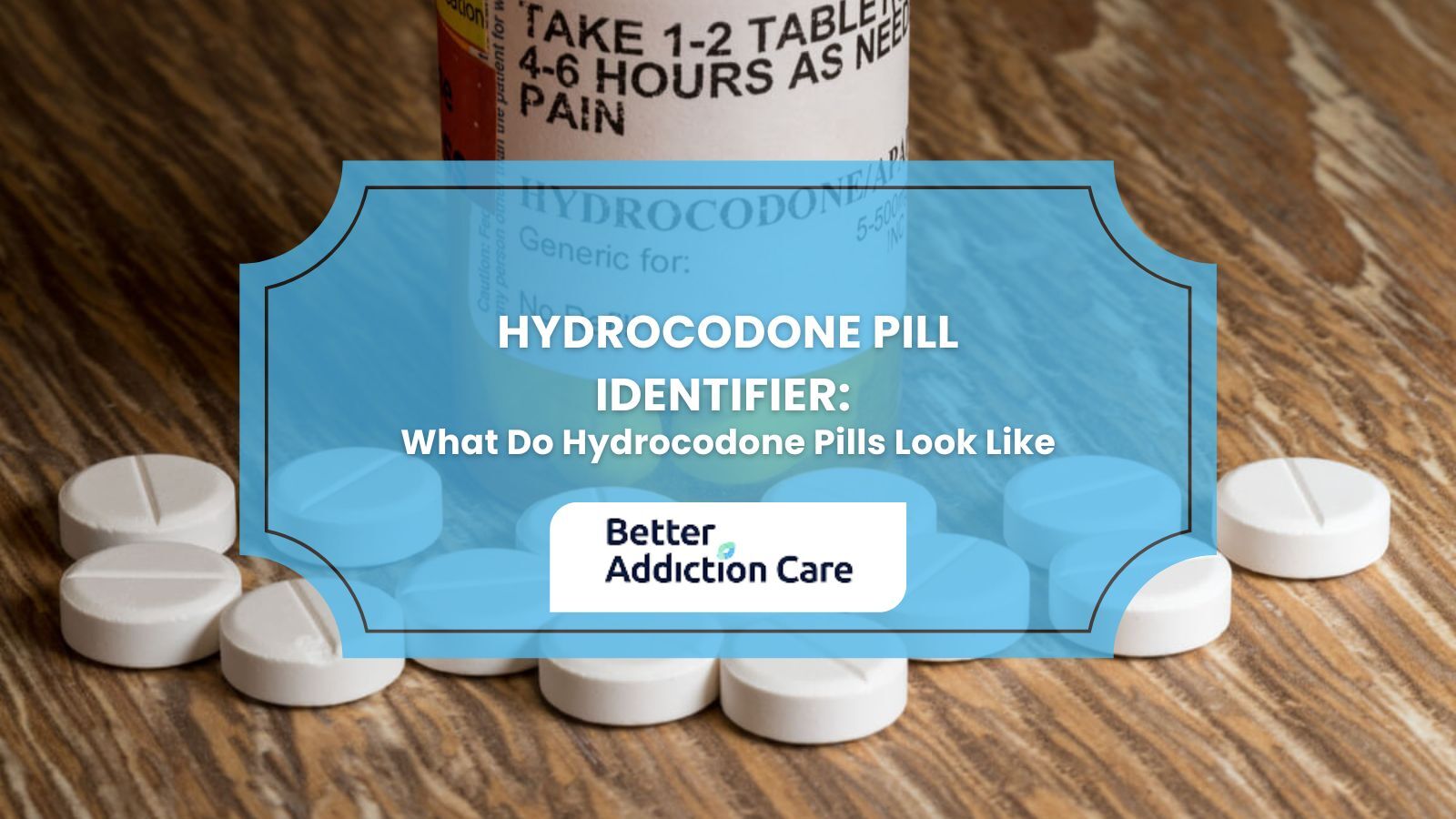
Key Takeaways
-
Imprint codes are the safest identifier. Hydrocodone pills can look similar to many other medications, but their unique imprint codes (such as M367, Watson 853, or Norco 539) are the most reliable way to confirm what you have. Always verify through trusted sources like the FDA’s Pill Identification Database or by asking a pharmacist.
-
Safe storage protects families. Hydrocodone is a powerful opioid, and unsecured pills pose risks of misuse, theft, and accidental ingestion by children. Keep medication in a locked container, track doses, and dispose of leftovers properly to protect your household and community.
-
Know when to seek professional help. If a pill doesn’t match its prescription, if signs of misuse or overdose appear, or if there’s any doubt about authenticity, consult a pharmacist.
What is Hydrocodone and Why Identification Matters?
Hydrocodone is one of the most widely prescribed opioid medications in the United States. It is typically used to relieve moderate to severe pain, especially after surgeries, injuries, or in cases of chronic conditions where other pain relievers are not effective.
Unlike over-the-counter painkillers such as ibuprofen or acetaminophen, hydrocodone is classified as a Schedule II controlled substance, meaning it has a legitimate medical use but also carries a high risk of misuse and dependence.
The Drug Enforcement Administration (DEA) officially reclassified hydrocodone combination products from Schedule III to Schedule II in 2014 due to growing concerns about widespread misuse and overdose[3].
Why Identification Matters?
Knowing what hydrocodone pills look like is not simply about curiosity — it’s about safety. Pills vary in size, color, and imprint depending on the manufacturer and dosage. Accidentally confusing them with other medications can lead to:
-
Overdose risks, especially if extra acetaminophen is unintentionally taken
-
Missed or doubled doses can worsen pain management or increase side effects
-
Unintentional misuse, especially in homes where multiple medications are prescribed
In fact, hydrocodone is one of the most misused prescription opioids in the U.S., and improper handling at home contributes significantly to this issue[2].
Combination With Other Medications
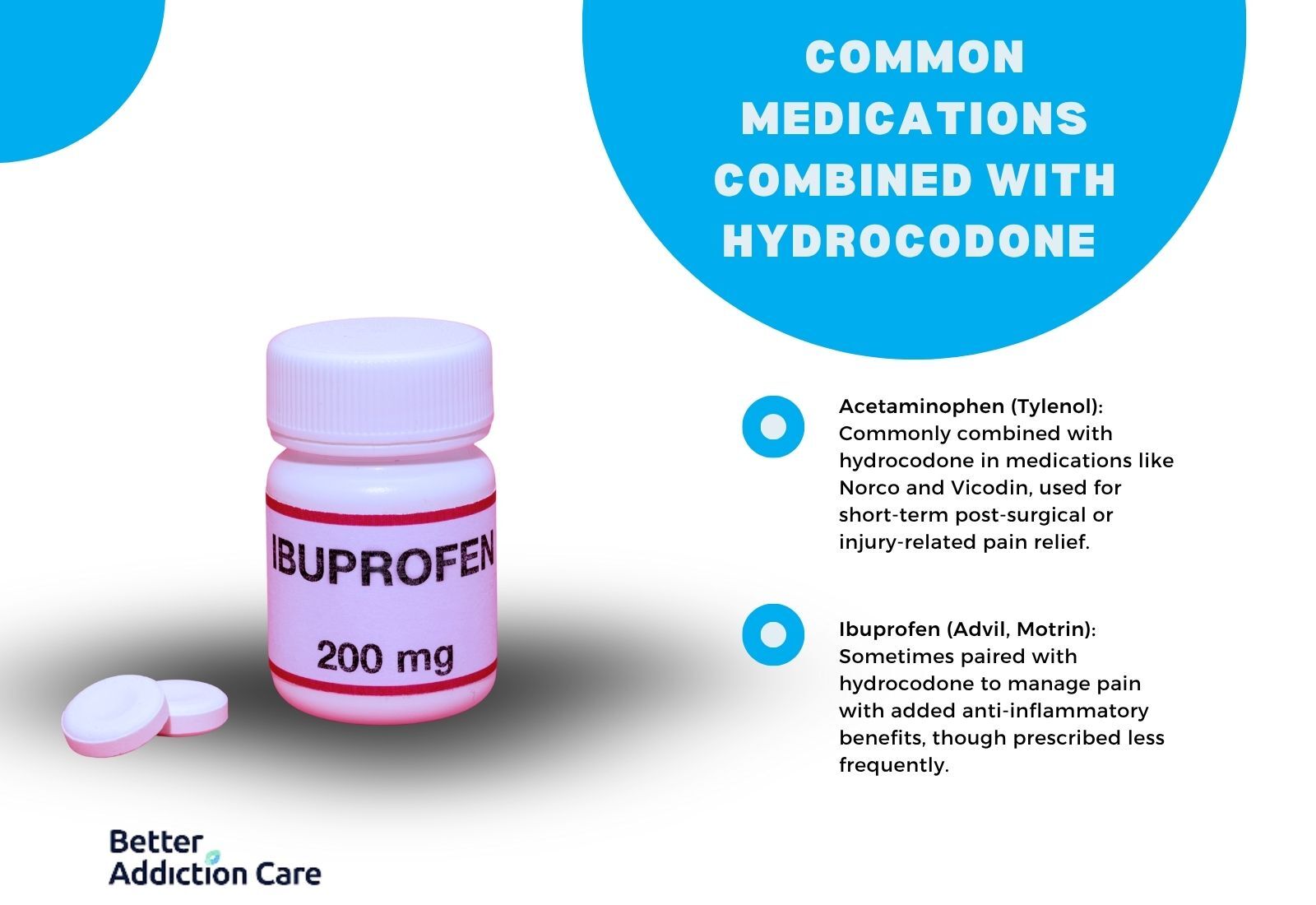
Most hydrocodone pills are not sold as a single-ingredient drug. Instead, they are combined with other pain relievers, most commonly:
-
Acetaminophen (Tylenol): Found in brand names like Norco and Vicodin, these are often prescribed for short-term pain after surgery or injury.
-
Ibuprofen (Advil, Motrin): Less common, but certain formulations combine hydrocodone with ibuprofen to target both pain and inflammation.
These combinations can make pills appear in different shapes, sizes, and colors, which is why imprint codes and professional verification matter.
Physical Characteristics of Hydrocodone Pills
Depending on the manufacturer, dosage, and whether the drug is combined with acetaminophen or ibuprofen, these tablets and capsules can vary widely in color, shape, and size.
Knowing these details is critical because visual identification is often the first step when someone finds an unfamiliar pill at home.
Common Colors
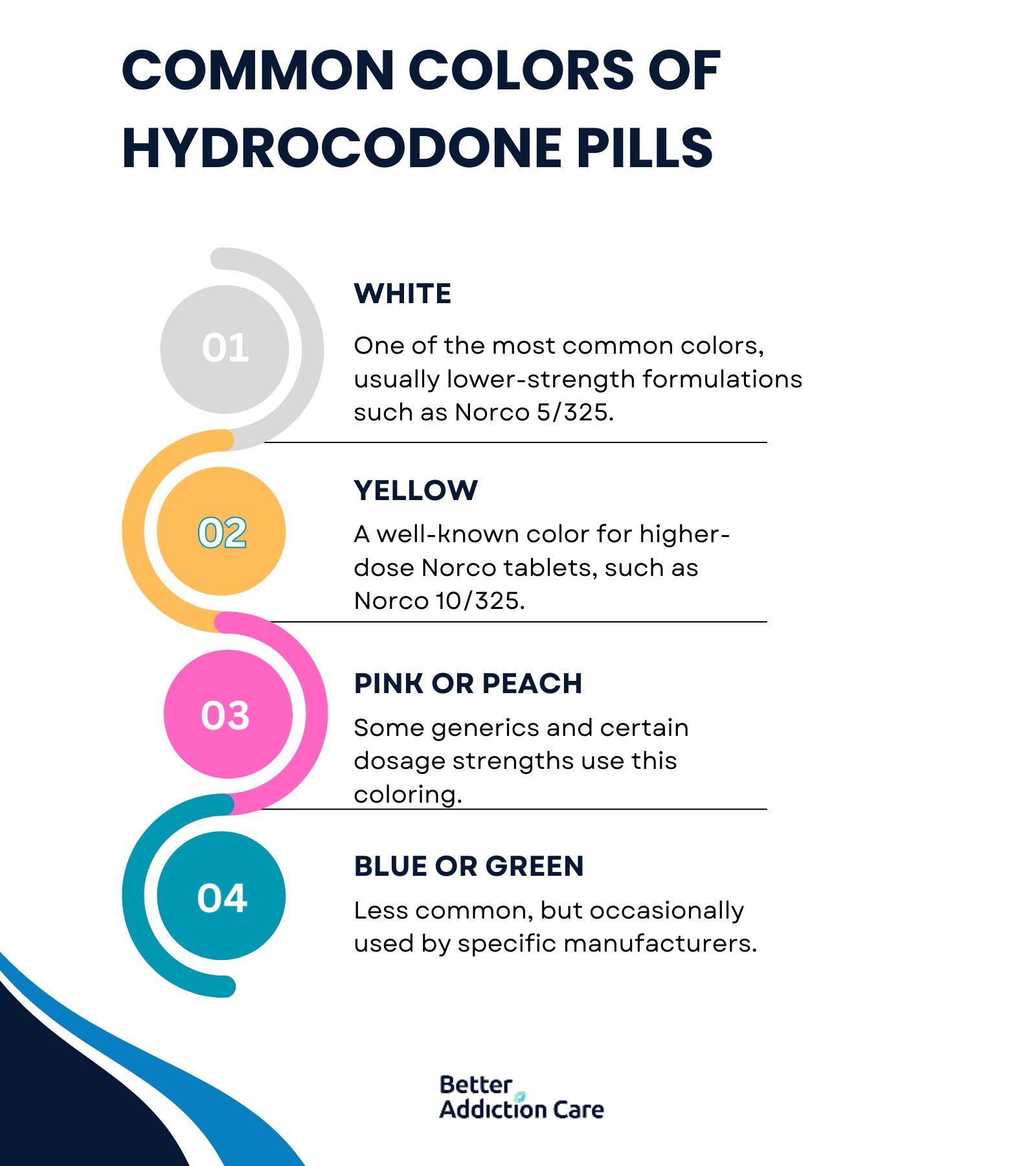
Hydrocodone pills are manufactured in a variety of colors, often depending on strength and brand:
-
White: One of the most common colors, usually lower-strength formulations such as Norco 5/325.
-
Yellow: A well-known color for higher-dose Norco tablets, such as Norco 10/325.
-
Pink or peach: Some generics and certain dosage strengths use this coloring.
-
Blue or green: Less common, but occasionally used by specific manufacturers.
Note: Color alone should never be used to identify a pill, since generics can differ between manufacturers.
Shapes and Sizes
Hydrocodone tablets also come in different shapes:
-
Oval/oblong: Most frequently seen in combination pills.
-
Round: Found in some generic formulations.
-
Capsule-shaped (“caplet”): Especially common for higher-dosage tablets.
These physical features can overlap with other medications, which is why imprint codes are necessary for certainty[1].
Common Dosage Strengths
Hydrocodone is rarely dispensed as a single ingredient; instead, it is typically combined with acetaminophen. Dosages are usually written as hydrocodone milligrams/acetaminophen milligrams. For example:
-
5/325 mg (5 mg hydrocodone, 325 mg acetaminophen)
-
7.5/325 mg
-
10/325 mg
Some ibuprofen-combination products also exist (e.g., 7.5/200 mg)[1].
Visual Characteristics and Dosages
Understanding Imprint Codes
The U.S. Food and Drug Administration (FDA) requires that all prescription tablets and capsules carry unique letters, numbers, or symbols. These imprints serve as a universal safeguard, ensuring that every pill can be traced back to its manufacturer, dosage, and active ingredients.
Without them, distinguishing a legitimate hydrocodone tablet from a counterfeit or a similar-looking medication would be nearly impossible[1].
Hydrocodone combination medications (often paired with acetaminophen) carry some of the most widely recognized codes in the United States. A few common examples include:
-
M367 – White, oblong pill containing hydrocodone 10 mg and acetaminophen 325 mg.
-
Watson 853 – Yellow, oval tablet with hydrocodone 10 mg and acetaminophen 325 mg.
-
Norco 539 – White, oblong pill with hydrocodone 5 mg and acetaminophen 325 mg.
-
Vicodin ES – Often marked with “V” on one side and numbers such as 3605 on the other.
Each of these codes ties back to a specific dosage and manufacturer. Even slight differences in number or lettering may indicate a different formulation—or a counterfeit product.
How to Verify Pills Using Official Resources?
Families and caregivers should never rely solely on visual inspection or internet images when identifying medication. Instead, verification should be done through:
-
FDA’s Pill Identification Database – The official searchable system for all approved medications.
-
National Library of Medicine’s Pillbox Tool – A trusted resource for confirming pill identities.
-
Pharmacist consultation – A professional check remains the safest option if there’s any doubt.
By using imprint codes as the foundation of pill identification, caregivers can minimize errors and make informed decisions about safe use.
Hydrocodone vs. Look-Alike Pills
One of the biggest risks when identifying hydrocodone is mistaking it for other pills that look nearly identical.
Both legitimate prescription medications and dangerous counterfeits can resemble hydrocodone in shape, color, and even imprint style.
This makes careful verification essential.
Other Pain Medications with Similar Appearance
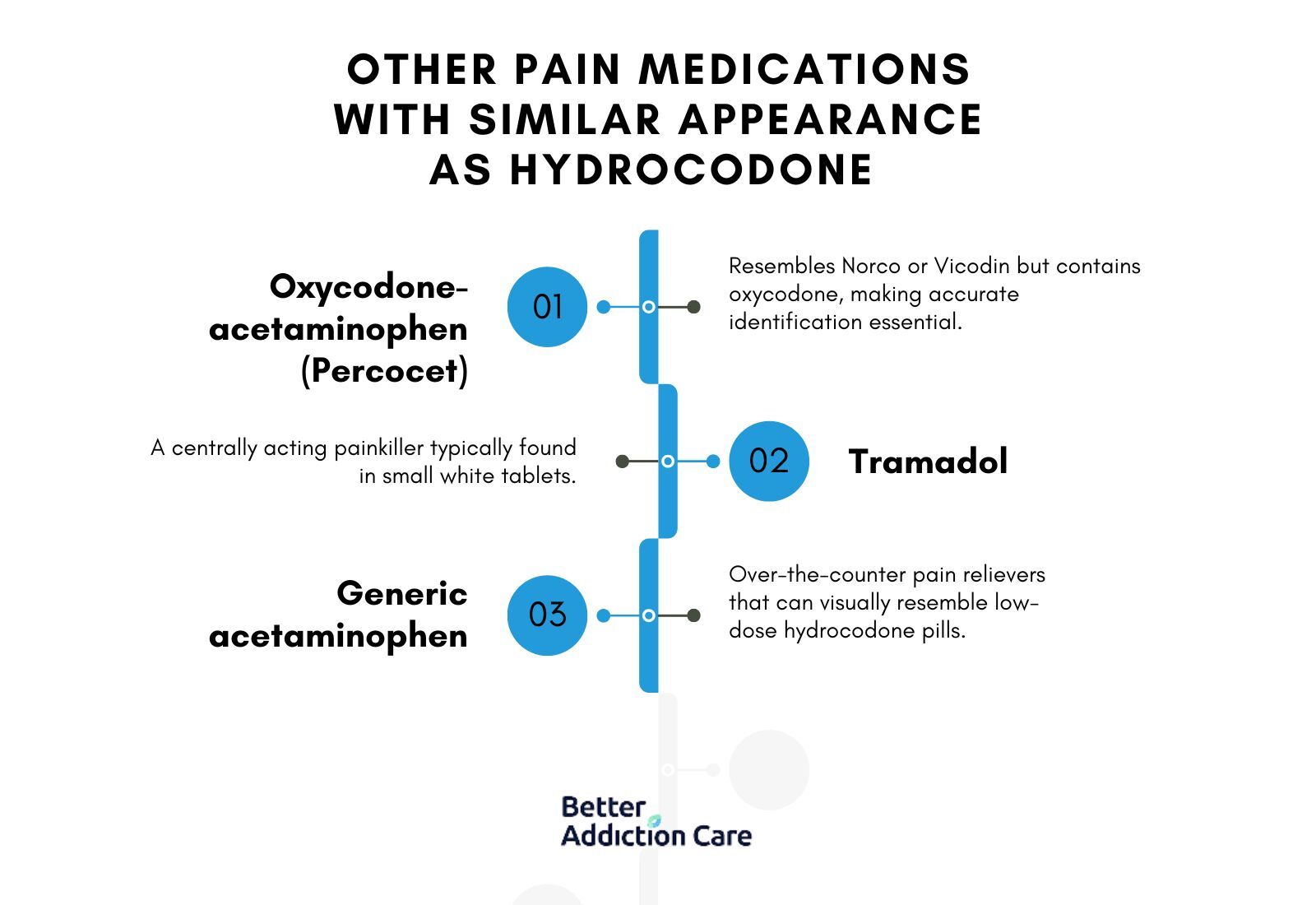
Several prescription drugs can be confused with hydrocodone combination tablets because they share the same oblong or oval shape and neutral color palette (white, yellow, or pink). Common examples include:
-
Oxycodone-acetaminophen (Percocet) – May look almost identical to Norco or Vicodin, but contains oxycodone instead of hydrocodone.
-
Tramadol – A centrally acting pain reliever that often comes in small white tablets.
-
Generic acetaminophen – Simple over-the-counter pain relievers can mimic the look of low-dose hydrocodone tablets.
Without paying attention to imprint codes, it’s nearly impossible to separate these from hydrocodone at a glance.
Counterfeit Risks and Dangers
Illegitimate pills are an even greater threat. In recent years, the Drug Enforcement Administration (DEA) has reported a surge in counterfeit hydrocodone and oxycodone pills pressed with fentanyl, a synthetic opioid up to 50 times stronger than heroin[4].
-
These counterfeits are often marked with realistic-looking imprints to deceive buyers.
Taking just one of these fake tablets can cause respiratory depression, overdose, or death.
Because counterfeiters mimic both shape and color, imprint verification and source reliability (only using prescriptions from licensed pharmacies) become critical safety steps.
Slang Terms for Hydrocodone
Hydrocodone is sometimes referred to by street names or slang terms, particularly among individuals who misuse or sell the medication. Being aware of these terms can help families, caregivers, and educators recognize potential misuse. Common slang terms include:
357s, Bananas, Dones, Droco, Fluff, Hydros, Lemonade, Lorries, Norcos, Scratch, Tabs, Triple V, Vikes, Watsons
Understanding these slang names reinforces the importance of monitoring prescription medications and maintaining open communication about the risks of opioid misuse.
When to Seek Professional Help?
Even with careful identification, safe storage, and monitoring, there are times when professional guidance is necessary.
Families and caregivers should know the signs that indicate it’s time to consult a healthcare provider or emergency services.
If Unsure About a Pill’s Identity
-
Unfamiliar imprints: If a pill does not match verified codes in the FDA or Pillbox databases, do not administer it.
-
Discrepancy with prescription: Any mismatch between the pill in hand and the prescription label should be immediately discussed with a pharmacist.
-
Suspicious sources: Pills obtained from outside a licensed pharmacy should be treated as potentially counterfeit.
Signs of Misuse or Overdose
-
Physical symptoms: Slow or shallow breathing, extreme drowsiness, or unresponsiveness are immediate red flags.
-
Behavioral changes: Sudden confusion, unusual agitation, or secretive behavior around medication may indicate misuse.
-
Overdose risk: Combining hydrocodone with alcohol, benzodiazepines, or other sedatives can amplify danger and requires urgent attention.
Contacting Professionals
-
Pharmacists: The first line of support for pill verification and safe administration questions.
-
Poison Control: In the U.S., dial 1-800-222-1222 for any suspected ingestion or overdose.
-
Emergency Services: If someone shows signs of respiratory distress or unresponsiveness, call 911 immediately.
-
Healthcare Providers: Discuss any concerns about pain management, side effects, or dependency risk.
Recognizing these red flags early allows families to act quickly, preventing serious harm and ensuring that patients receive the care they need.
Conclusion
Identifying hydrocodone pills accurately is crucial for both safety and responsible medication use.
By understanding the colors, shapes, dosages, and imprint codes, families can prevent accidental ingestion, misuse, and potential overdose.
Visual identification combined with official verification tools, such as the FDA Pill Identification Database and the Pillbox Tool, provides a reliable method to confirm a pill’s authenticity.
Finally, knowing when to seek professional help is essential. If there is any uncertainty about a pill’s identity, or if misuse or overdose is suspected, consult a pharmacist, healthcare provider, or emergency services immediately.
By combining knowledge, vigilance, and professional guidance, families can manage hydrocodone safely, providing effective pain relief while minimizing risks and maintaining peace of mind.
Frequently Asked Questions Related To Hydrocodone Pill Identification
The most reliable method is to check the imprint code, color, and shape using official resources like the FDA Pill Identification Database or the Pillbox Tool from the National Library of Medicine.
Any mismatch or pills obtained outside licensed pharmacies should be treated as potentially unsafe. If there’s doubt, always consult a pharmacist before administering the pill.
Yes. Even the same dosage may vary in color, shape, or size depending on whether it’s a brand-name or generic product. Always verify the imprint code rather than relying on appearance alone to avoid confusion or accidental overdose.
Call Poison Control (1-800-222-1222) immediately. Watch for signs like slow breathing, extreme drowsiness, or unresponsiveness, and seek emergency medical attention if any appear. Bring the pill container to the hospital if possible, to help identify the medication.
Yes. Trusted sources include:
- FDA Pill Identification Database
- National Library of Medicine’s Pillbox Tool
- Consulting a licensed pharmacist
Using these resources ensures pills are identified correctly, reducing the risk of medication errors and accidental misuse.
Yes. Store pills in a locked cabinet or secure container out of reach of children and visitors. Track doses, monitor usage, and dispose of any leftover medication safely through FDA guidelines or pharmacy take-back programs.
Look for:
- Taking more than prescribed
- Unusual secrecy or mood changes around medication
- Combining pills with alcohol or other sedatives
- Early recognition allows families to intervene quickly and seek professional help, preventing serious harm.


